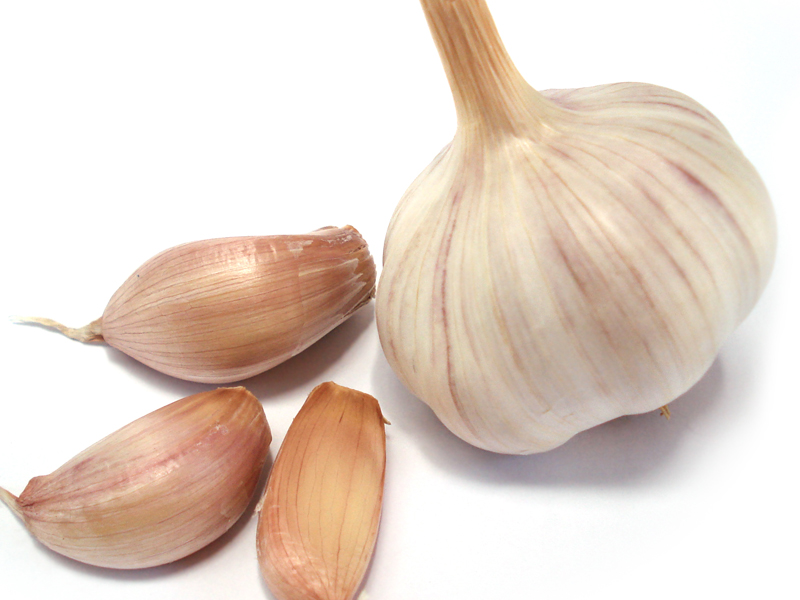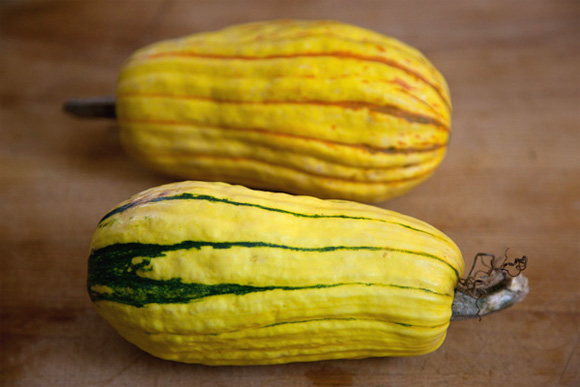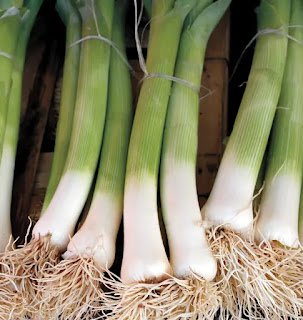1 large red apple, unpeeled, cored, and thinly sliced
1 large green apple, unpeeled, cored, and thinly sliced
2 celery stalks, thinly sliced
6 iceberg lettuce leaves, torn
4 ounces Gorgonzola cheese, crumbled
½ red onion, thinly sliced
½ cup walnut or pecan halves, chopped and lightly toasted
Dressing:
2-3 tablespoons extra-virgin olive oil
1 tablespoon fresh lemon juice
1-2 teaspoons Dijon mustard
1 clove garlic, peeled and crushed
Salt, and black pepper
1.
Combine the apples, celery, lettuce, cheese, and onion in a bowl.
2.
Dressing: Whisk oil, lemon juice, mustard,
and garlic in a small bowl. Season with salt and pepper.
3.
Taste dressing, adjust as needed. Place the lettuce on a platter, add the
apple mixture on top.
4.
Drizzle dressing over salad and lightly toss it to combine.
5.
Serve salad with warm walnuts on top. .

















